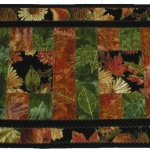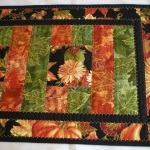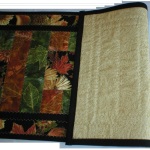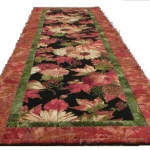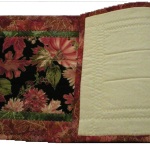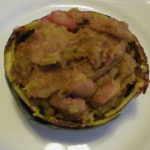It’s cold weather time again and most of us are getting out our humidifiers. One big thing about running them is that they get gunked up inside with minerals.
In the past, we’ve painstakingly taken our humidifier apart and manually attempted to clean the mineral buildup out of the filter, tank, and any mechanism we could access. We were not overly successful. Lately our humidifier started making sounds like it was popping popcorn! Try sleeping through that! Sleep? What’s that?!?
I came up with an EASY way to fix the problem. There’s no work whatsoever. I started adding white vinegar to the water tank every time I filled it. Not a lot of vinegar at one time or the house would really smell strong…perhaps up to 1/2 cup to a tank full of water. After a few days, I noticed the popping sound diminishing. Now, after less than a week, the humidifier is quiet. We hardly know it’s there!
After I’m convinced that it’s completely cleaned inside, I’m going to continue to add one or two tablespoons of white vinegar to the water tank each time I fill it. That will continue to keep it clean and prevent minerals from building up inside it again. What an EASY, effortless fix!!
Note that you can add as much vinegar to the water tank as you want. The more you add, the faster it will clean up the problem, BUT the more your house will smell like vinegar. Too much vinegar and…well…it’s not a nice aroma for a home to say the least. So, that’s why I kept the amount down and s-l-o-w-l-y cleaned it out. The maintenance amount of only a tablespoon or two shouldn’t produce any noticeable odor. Why didn’t I think of this sooner??
I produced a video covering this simple tip. The link is below.
Enjoy!
Judi

